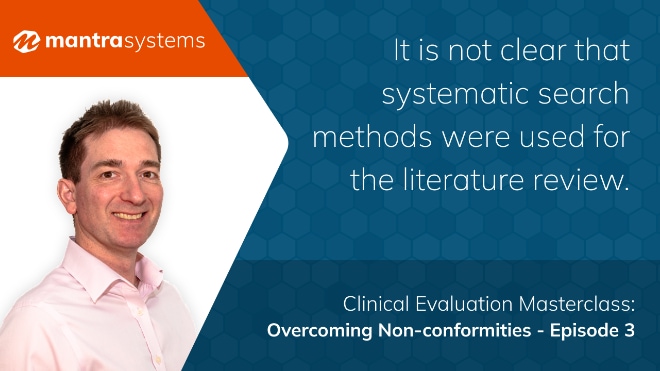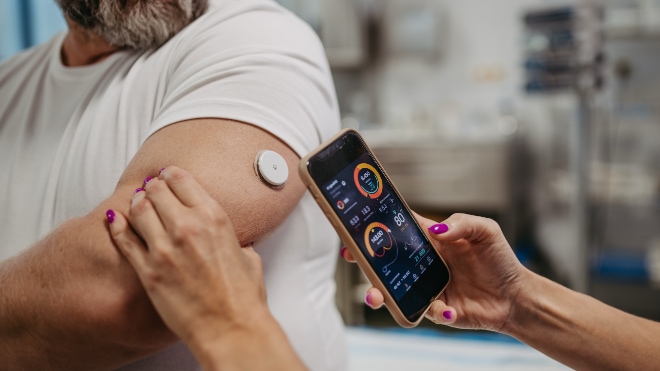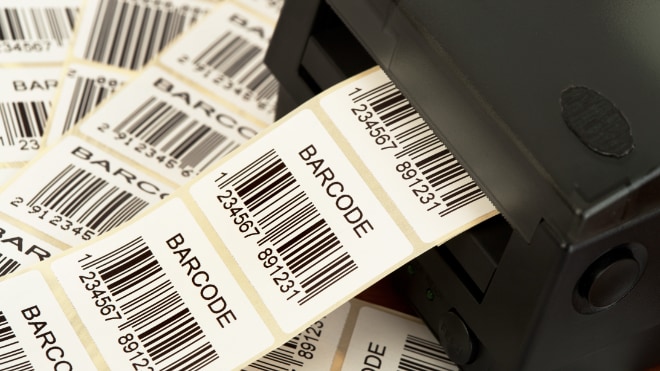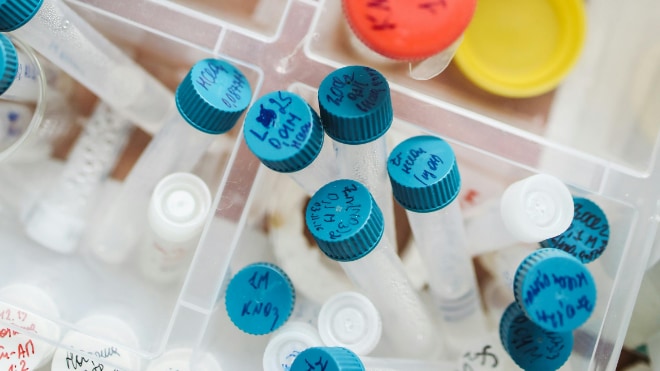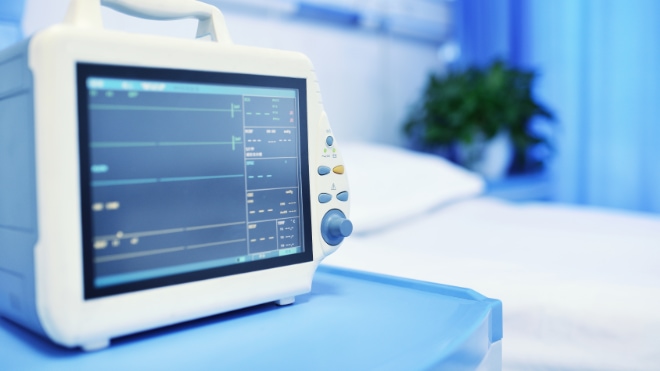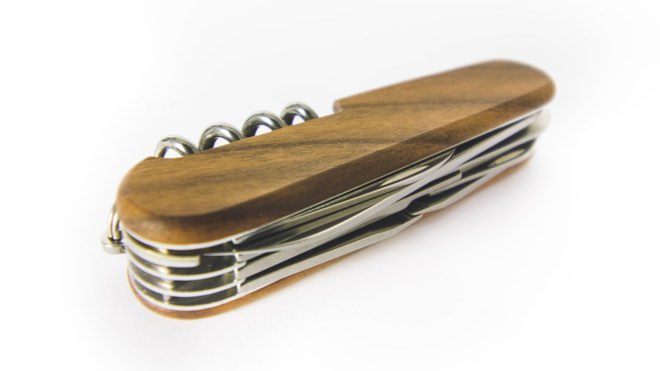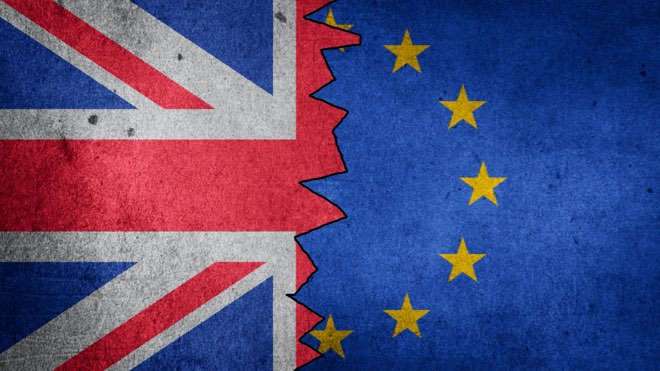
UKCA (United Kingdom Conformity Assessed) marking of medical devices was due to become mandatory in July 2023, placing medical device manufacturers under real pressure to ensure they were in alignment with UK requirements.
However, due to delays in processing applications and introducing the new medical device regulatory framework, the MHRA have just announced that they will be extending the UKCA implementation deadline to July 2024. This comes as a welcome relief to medical device manufacturers, who now have more time to ensure that they are adequately prepared for this transition.
The availability of more time is not a reason to put UKCA to the back of collective minds however. Rather, it’s an opportunity to take stock and ensure that a UKCA strategy is properly developed and implemented well before the new deadline.
In this article, we review updated requirements for UKCA marking and what they mean for manufacturers.
What is a UKCA mark?
Following Great Britain’s exit from the EU single market in December 2020, CE (Conformité Européenne) marking was to be replaced by the UKCA mark for medical devices marketed in the territory. The UKCA mark is a mandatory mark on a product which indicates that it conforms to the new GB legislation and operates in much the same way as a CE mark in Europe.
The manufacturer or, if mandated, their authorised representative is responsible for affixing a UKCA mark to the product, assuming they are authorised to do so following a conformity process.
Where will it apply?
The UKCA mark only applies in Great Britain (England, Scotland and Wales). CE marking will continue in Northern Ireland (NI) as it remains aligned with the EU single market for goods. Products that will be placed on the market in both GB and NI will therefore need both UKCA and CE marking unless they are “Qualifying Northern Ireland Goods”, in which case they can be sold in GB with a CE mark and do not need a UKCA mark.
Are there any differences between UKCA and CE marking?
As of today, two different legal frameworks exist to obtain UKCA/CE marking for a product, dependent on whether it is marketed in the UK or the EU, respectively. In the UK, the regulations are based on the old Medical Device Directive (MDD), implemented into domestic law by the UK Medical Device Regulations 2002 (UK MDR 2002). Prior to the end of the transition period, this gave effect in UK law to the following Directives:
- Directive 90/385/EEC on active implantable medical devices (EU AIMDD)
- Directive 93/42/EEC on medical devices (EU MDD)
- Directive 98/79/EC on in vitro diagnostic medical devices (EU IVDD)
Because the Brexit transition period ended before the European Medical Device Regulation (EU) 2017/745 came into effect, the European MDR has not been adopted in the UK, unlike in Europe where it is now mandatory to comply with MDR 2017/745 to obtain a medical device CE mark. This means that the Great Britain route to market and UKCA marking requirements are still officially based on the requirements in the MDD.
Moving forwards, this means in principle that companies will need two parallel frameworks to be able to market products in both the UK and EU, hence the need for a transition period. The extended transition period outlined by the MHRA will hopefully lessen the burden of becoming compliant with both systems.
Can a product have both UKCA and CE marks?
Providing a product fulfils the necessary requirements, it may carry both a UKCA and CE mark. The presence of multiple conformity marks is common on internationally sold products.
What UK legislation needs to be followed?
The UK government has issued several Statutory Instruments to amend current legislation, including The Product Safety and Metrology etc. (Amendment etc.) (EU Exit) Regulations 2019 and has now concluded consultation on the UK MDR 2022. The specific details of the new UK medical device framework are yet to be published following the UK government consultation on the proposed changes, which started in 2021. However, the government response in June 2022 highlighted that the new GB medical device regulations will be closely aligned with the 2017 EU Medical Device Regulations.
When will UKCA marking come into force?
As previously stated, UKCA marking was due to be enforced from July 2023, in-line with the UK Medical Device Regulations 2022 (UK MDR 2022). However, due to understandable delays with regard to publishing the new regulatory framework and the backlog of applications submitted to notified bodies, the MHRA issued a statement on 21st October 2022 indicating that this will be delayed until July 2024. Since this has not yet been confirmed by law, further updates are expected from the MHRA and will be announced via the MHRA website in the near future. The UK MDR 2022 will also be updated to reflect these changes.
It is important to highlight that current and valid CE marks will continue to be accepted in Great Britain until this time point. New legislation on medical device regulation highlighting the transitional arrangements is due to be released by the government in Spring 2023. This will also include new Post-Market Surveillance requirements.
Manufacturers will be able to continue to place CE marked devices on the GB market after 1 July 2023. From July 2024, the transitional arrangements will apply for CE and UKCA marked devices placed on the GB market. Where third party conformity assessment is required, a UK Approved Body is needed. However, manufacturers of non-sterile and non-measuring Class I devices and general IVDs can self-certify against the UKCA marking.
The government’s June 2022 response has indicated that there will be generous transitional periods in the new medical device framework. These arrangements would allow products to be placed on the market as follows:
- General medical devices - until either the certificate expires or for three years after the new regulations take effect (whichever occurred sooner) and
- In-vitro Diagnostics (IVDs) - until either the certificate expires or five years after the new regulations take effect (whichever is sooner)
Transitional provisions would not apply if there were significant changes in the design or intended purpose of the device. Furthermore, all products that will benefit from transitional arrangements will need to comply with post-market requirements. The below schematic illustrates the updated timeline for UKCA marking.
Updated UKCA timline
-
January 2021
UKCA marking comes into force.
-
January 2021 to June 2024
Medical devices & IVD devices can be either CE or UKCA marked (or both).
-
30th June 2024
Deadline for medical device & IVD device manufacturers to replace existing CE marks with UKCA mark.
-
1st July 2024
UKCA mark will be mandatory for all medical devices & IVD devices on the GB market. CE marking will not be recognised.
Note: Current timeline in-line with the MHRA update on 21st October 2022 (maybe subject to change)
What needs immediate action?
To ensure that manufacturers are prepared for a smooth transition, in-line with the new timescales for UKCA marking, the following are key requirements for placing a device on the GB market:
- All medical devices, including in-vitro diagnostic medical devices (IVDs), custom-made devices and systems or procedure packs, need to be registered with the MHRA before they are placed on the Great Britain market
- If you are a medical device manufacturer based outside the UK and wish to place a device on the GB market, you need to appoint a single UK Responsible Person for all of your devices, who will act on your behalf to carry out specified tasks, such as registration.
- CE marking will continue to be recognised in Great Britain until 30 June 2024
- Certificates issued by EU-recognised Notified Bodies will continue to be valid for the GB market until 30 June 2024
- The EU no longer recognises UK Notified Bodies
- UK Notified Bodies are not able to issue CE certificates - and have become UK Approved Bodies
The bottom line
The bottom line is – don’t panic! The delay in enforcing UKCA marking is a great opportunity to prepare and re-assess your regulatory strategy so that you are ahead of the game of other competitors in the field. Investing time to get things correct, in-line with new regulations will ensure that your medical devices can continue to be sold and used where they are required most, ultimately leading to improved health outcomes.
If you require further information you may wish to visit the ‘Useful resources’ section below.
If you have any concerns about your regulatory strategy that have been brought up in this article, you can email us or call +44(0)114 299 8889 to speak directly with our experienced team. We promise: no phone menus, no waiting, no obligation and complete confidence.







